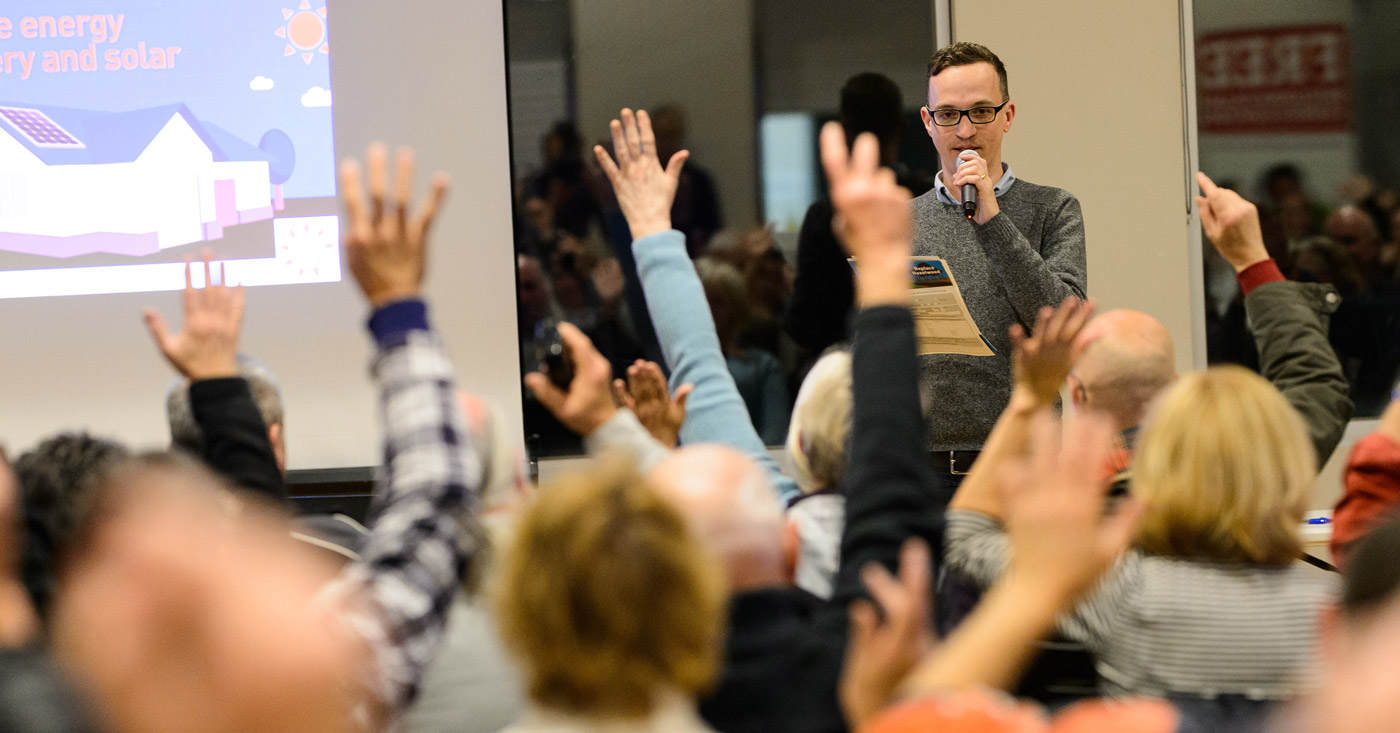With power bills and climate pollution still on the rise, there’s never been a more important time to get serious about cutting energy waste by improving the efficiency of our homes. But while good progress has been made in the last four years, current programs are still a far cry from what’s needed to bridge the gap between the haves and have-nots in the clean energy transition.
As November’s state election approaches, Victoria’s leading environment and social justice groups are calling on all parties to set ambitious targets to improve the efficiency performance of our homes.
The One Million Homes Alliance led by Environment Victoria has released its Safe and Sustainable Homes for All: Roadmap to 2025, which spells out how all Victorians could share in the benefits of efficient, healthy housing and affordable clean energy.
Read Safe and Sustainable Homes for All: Roadmap to 2025
Cutting energy waste through efficiency is the best way to lower energy bills, as well as keep homes healthy and comfortable to live in – particularly in the depths of winter. And this has never been more important, with figures released this week showing a 22 percent jump in the number of households disconnected because they were unable to pay their electricity or gas bills. That’s more than 40,000 households struggling to access essential energy services at a time of year when it’s getting down to zero some nights.
One of the biggest opportunities the government has right now is to set minimum efficiency standards for rental homes. This single reform would save tenants, many of whom are low-income, nearly $900 a year on their bills, as well as support up to 5000 jobs and save around one million tonnes of carbon pollution a year. The government is due to wind up its review of Victoria’s rental laws before the election, so the Alliance is continuing to work hard to make sure we don’t miss this opportunity to finally deliver this long overdue reform.
Bringing our existing homes up to scratch is a big enough challenge, so it’s just as important that we don’t make the task any harder. And that means building our new homes – which will make up more than half our housing stock in 2050 – to best practice efficiency standards.

Four out of five people at Environment Victoria events in Melbourne’s bayside suburbs during June supported our safe and sustainable homes agenda
A new report out last week from Australian Sustainable Built Environment Council (ASBEC) and ClimateWorks Australia, Built to Perform, shows that setting stronger energy standards for new buildings could reduce energy bills by up to $27 billion, cut energy network costs by up to $7 billion and deliver at least 78 million tonnes of cumulative emissions savings by 2050.
The Safe and Sustainable Homes for All Roadmap includes a raft of other measures, including making it easier for Victorians to access trustworthy advice and financial assistance suited to their needs, enabling Councils to offer no-interest loans for efficiency and solar upgrades, and significantly scaling up fully-funded retrofit programs for low income and disadvantaged households.
The bottom line is that the transition to clean energy is underway and inevitable. But we need to make sure it’s fair and no-one is left behind. With action from government to make sure the benefits are shared fairly, the transition could deliver large-scale, economic and environmental benefits to Victoria. Done badly, it risks further worsening energy unaffordability and entrenching disadvantage.
November’s state election is a chance for all parties to show they understand the challenge and are committed to a better, fairer and more sustainable future for Victoria.